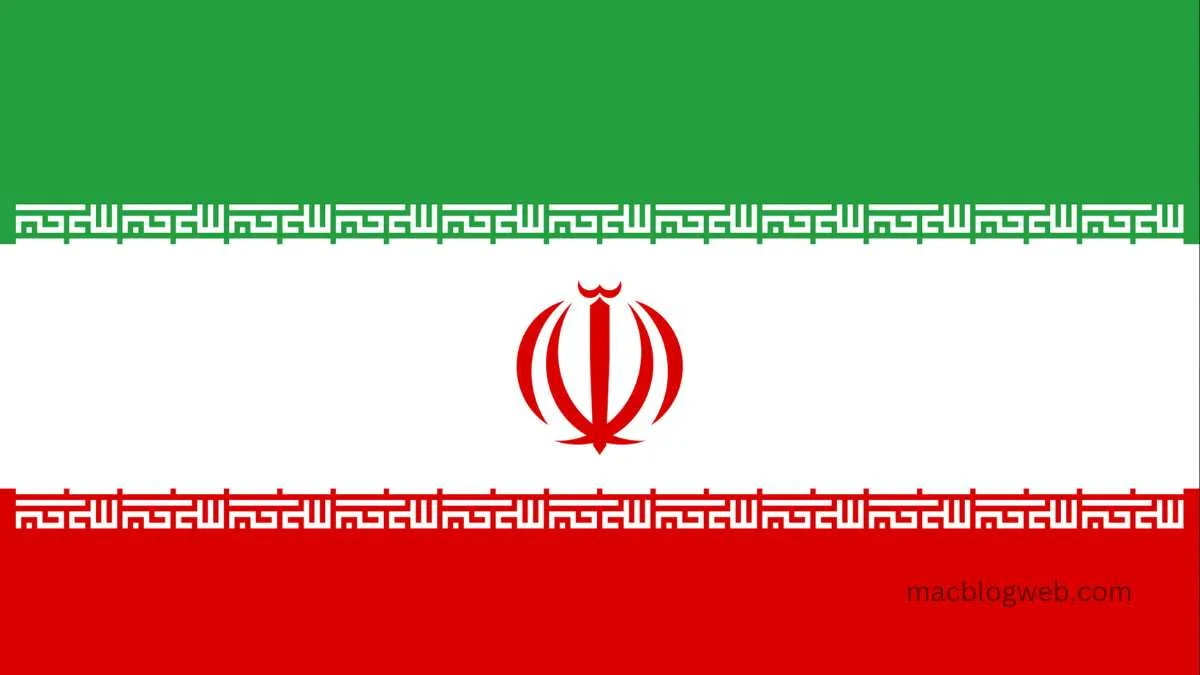The Iran flag, a potent symbol of national identity, cultural heritage, and political evolution, has undergone significant transformations mirroring the historical shifts within the country. From the Lion and Sun emblem of the 15th century to the modern tricolor flag, each iteration of the flag not only reflects the prevailing political ideologies but also Iran’s deep-rooted historical and religious sentiments. This comprehensive exploration delves into the iran flag’s evolution, its symbolism, and its role in representing Iran’s complex past and present.
Early Beginnings and Symbolic Embellishments
Historically, the iran flag has been a vibrant tapestry of the nation’s values, beliefs, and governance. The earliest known flag featured the Lion and Sun emblem, a powerful symbol first displayed in the 15th century. This emblem represented the celestial and divine sovereignties influencing the Persian Empire, with the lion symbolizing bravery and the sun depicting the divine glory of the land.
By the late 19th century, the iran flag had evolved to incorporate the colors green and red as borders around a central white field bearing the Lion and Sun. These additions were not merely aesthetic but were imbued with deep symbolism. The color green represented Islam, which is the predominant faith of Iran. White symbolized peace and was placed at the center, reflecting the desire for tranquility at the heart of Iranian society, while red represented courage and valor, encasing the other colors and protecting the values they stood for.
The Constitutional Revolution and the Tricolour Flag
The constitutional revolution of 1906 was a pivotal moment in Iranian history, leading to the establishment of a parliament and the granting of a constitution. This period also saw the formal recognition of a new national flag, which adopted a typical tricolour pattern of horizontal stripes in green, white, and red. This design aligned with the flags of many contemporary nation-states, symbolizing a modern Iran with its values clearly defined by the colors selected.
The Lion and Sun continued to occupy a central place on the flag, located in the middle of the white stripe. Over the years, this central emblem saw various artistic interpretations, and symbols such as the imperial crown and a wreath were occasionally added for specific uses, such as the naval ensign.
Revolution and the Redesign of 1979
The Iranian Revolution of 1979, led by Ayatollah Ruhollah Khomeini, was a pivotal event that reshaped both the political landscape and the national flag of Iran. The revolution, which overthrew the Shah, resulted in the removal of the Lion and Sun from the flag. In its place, a new emblem was introduced at the center of the white stripe—one with deep symbolic meaning and multiple layers of interpretation.
This new design could be interpreted as the word “Allāh” in stylized Arabic script, representing the globe, or as comprising two crescents. The addition of the stylized Arabic inscription “Allāhu akbar” (God is great) along the bottom of the green stripe and the top of the red stripe, repeated 22 times, commemorates the date of the revolution according to the Iranian calendar. This change not only marked the flag’s aesthetics but deeply tied the nation’s identity to its Islamic roots post-revolution.
The Flag in Modern Iran
Today, the Iran flag is not just a national symbol but a banner under which various socio-political and religious sentiments are rallied. It is displayed prominently in public buildings, at national events, and during religious gatherings. The inscriptions and emblems it bears resonate deeply with the Iranian people, encapsulating the religious fervor and national pride that define much of Iran’s public life.
Conclusion: iran flag
The Iran flag, rich in history and symbolism, serves as a narrative of Iran’s journey through monarchy, revolution, and Islamic republicanism. Each element of the flag’s design tells a story of religious significance, national pride, and political change. As Iran continues to evolve, its flag remains a steadfast emblem of the nation’s enduring spirit and complex heritage, weaving together the past with the contemporary aspirations of its people.








